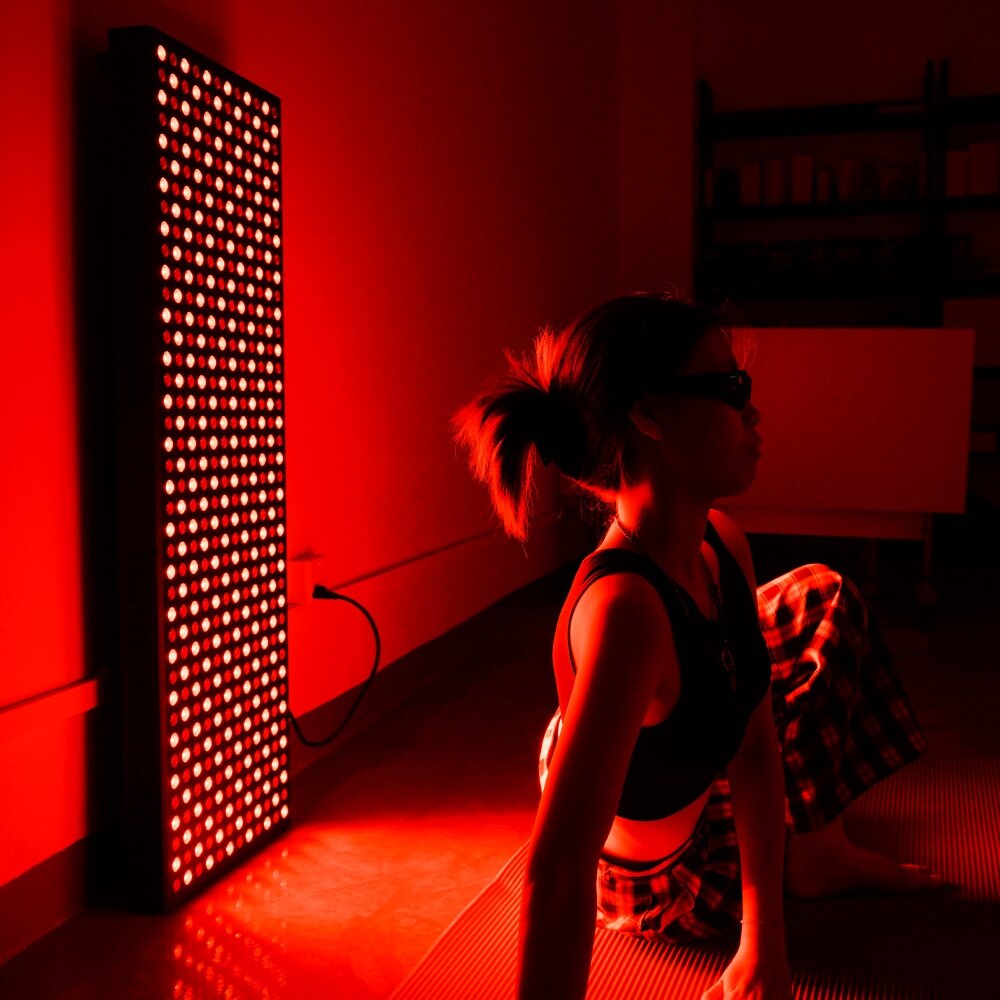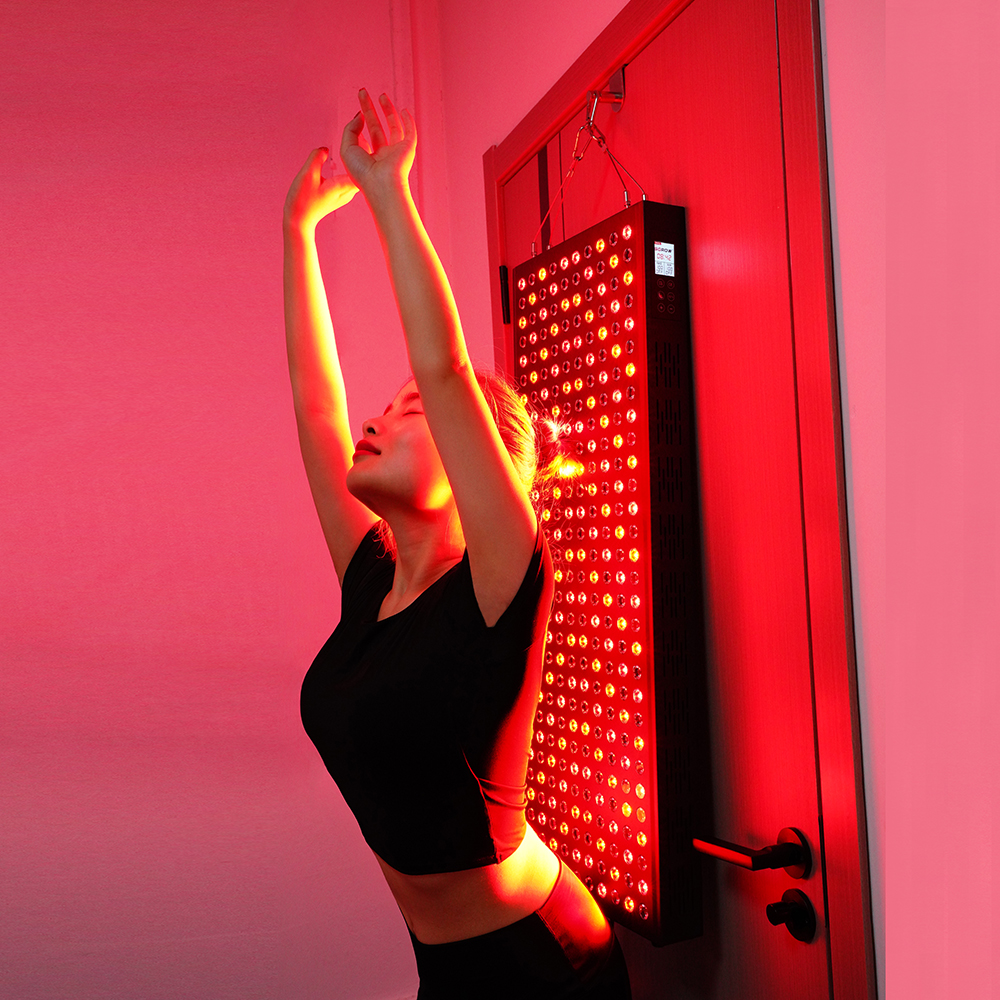Email format error
Email cannot be empty
Email already exists
6-20 characters(letters plus numbers only)
The password is inconsistent
Email format error
Email cannot be empty
Email does not exist
6-20 characters(letters plus numbers only)
The password is inconsistent


The concept of red light therapy, also known as photobiomodulation or low-level laser therapy, has been gaining traction in recent years for its potential health benefits. But does it have a role to play in weight loss? This blog post will explore the science behind red light therapy, its purported benefits, and whether it can be an effective tool in your weight loss journey.
Red light therapy involves the use of specific wavelengths of light, typically in the red and near-infrared spectrum, to stimulate cellular processes in the body. This non-invasive treatment has been used for various medical conditions, including pain relief, wound healing, and even anti-aging.
The theory behind red light therapy is that it can stimulate mitochondria in cells, leading to increased energy production and improved cellular function. This process is believed to reduce inflammation, promote healing, and potentially even stimulate the release of certain hormones.
When it comes to weight loss, the primary factors are diet and exercise. However, some proponents of red light therapy suggest that it could play a role in this process by:
While the idea of using red light therapy for weight loss is intriguing, it's important to examine the scientific evidence.
Despite the promising theories, clinical studies on the use of red light therapy for weight loss are limited. Most research to date has focused on other health benefits, and more studies are needed to determine its efficacy for weight loss specifically.
A few small studies have suggested that red light therapy may have a positive impact on body composition and weight loss, but these studies are often limited by small sample sizes and short durations. More robust, long-term studies are needed to draw definitive conclusions.
Even if red light therapy does have some benefits for weight loss, it's important to consider it as part of a comprehensive approach.
Red light therapy is an exciting area of research with potential benefits for a variety of health conditions. While there is some evidence to suggest it could support weight loss efforts, it's not a magic bullet. A balanced diet, regular exercise, and a healthy lifestyle remain the most effective ways to lose weight.
As with any health intervention, it's important to approach red light therapy with a critical eye and to seek advice from healthcare professionals. If you're considering incorporating red light therapy into your weight loss plan, it's worth discussing with a doctor or a certified health professional to ensure it's a safe and appropriate addition to your regimen.
In conclusion, while red light therapy shows promise, more research is needed to fully understand its role in weight loss. Until then, it should be viewed as a potential complementary therapy rather than a primary weight loss strategy.